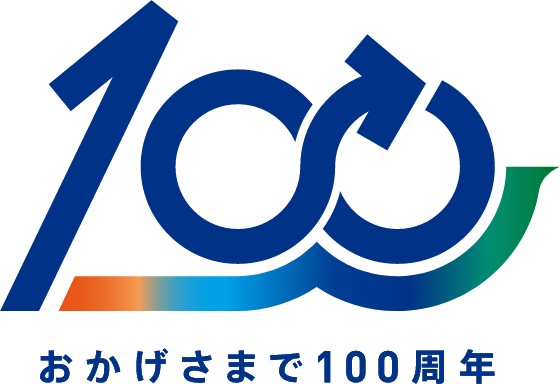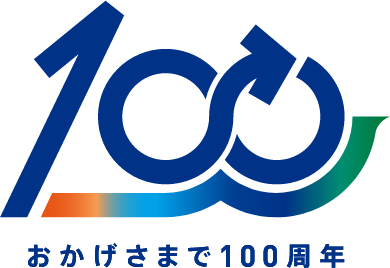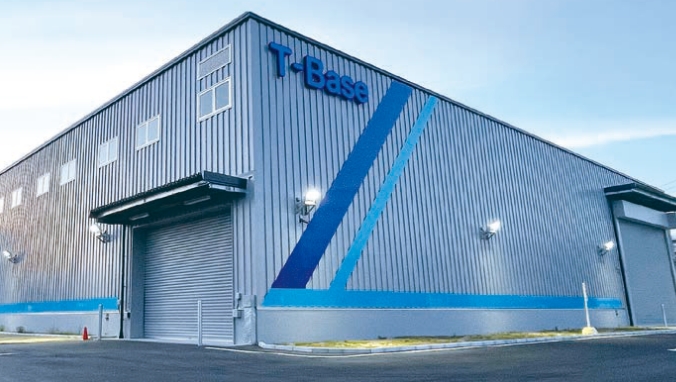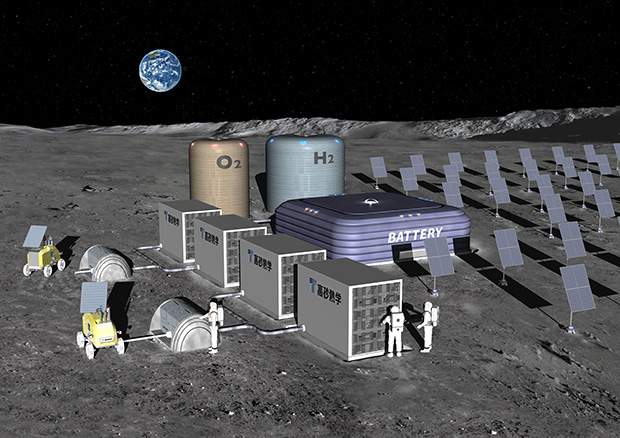With our revolutionary
environmental innovations,
we activate the Earth’s future.

 Takasago Thermal Engineering celebrates
Takasago Thermal Engineering celebrates
its 100th anniversary in November 2023.
Topics
T-Base® ProjectInnovating the construction process at work sites
T-Base® is a platform for the innovation of construction processes.
With the launch of the T-Base® facility that handles core processes such as planning, production, and distribution, we will standardize the processes at each work site, develop and manufacture new unit construction methods, and also develop a central production system that links partner companies, suppliers, and work sites.
Contributing to the environment and the future through hydrogen
Using power derived from recyclable energy that contributes to decarbonization, Takasago Thermal Engineering is manufacturing green hydrogen and helping to create added value for customers by linking the generation, storage, and usage of power.
Pioneering into Space
Global warming, population growth, overemphasis on energy, and other issues have made the idea of outer space as an area of human activity more compelling.
Takasago Thermal Engineering is tackling the world's first challenge of producing hydrogen and oxygen on the moon, etc., all with the aim of building a lunar ecosystem.
What Takasago Thermal Engineering
can do to realize
a sustainable society
We will use the technologies and expertise we have accumulated so far,
and keep challenging ourselves to create new innovations,
as we strive to find solutions for the social issues of ESG and SDGs.
With environmental solutions for a decarbonized society,
we will support the entire life cycle of buildings,
including their efficient operation and management.
Challenging ourselves to create new value,
using a century of accumulated core technologies in HVAC systems.
Takasago Thermal Engineering
Management Policy
This is an introduction of
Takasago Thermal Engineering Group’s strategies,
and the direction we want to head going forward.





